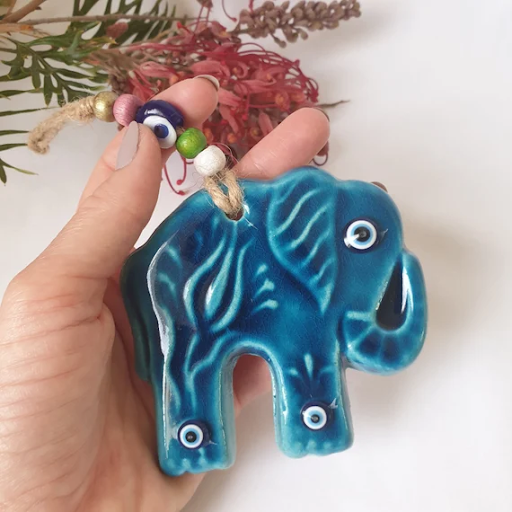I've recently did a
write up on my blog about how I've started doing magic items, taking some inspiration from Numenera's cyphers, but also as a way to use 3rd party spells (though you could use "official" spells as well). These items can be used by any class, so they are great for giving characters different "abilities".
Charms
Charms are single use magic items and can be made out of materials and designs that echo the powers of the items. Their power is activated by using an action to destroy the item.
Charms are inspired by
Numenera/
Arcana of the Ancients cyphers. A Charms power can be chosen from
spells of any level or school. Being single use you can give out items of higher level than the characters could currently cast. These are often good for fun, big, splashy effects.
One that I gave out recently was the Trampling Charm to the loxodon forge cleric. He busted it out in the middle of a big melee combat, and had a blast! It uses the spell
Trampling Charge from Kobold Press.
Trampling Charm
Single use item
When you crush this ceramic elephant in your hand, you can attack with the fury of a charging elephant. For the next minute, when you move at least 20 feet straight toward a creature and then hit it with a melee weapon attack on the same turn, that target must succeed on a Strength saving throw with a DC equal to 8 + your proficiency bonus + your spellcasting ability modifier or be knocked prone. If the target is prone, you can make one melee attack against it as a bonus action.
Cantrip Items
Cantrip Items are items that have
cantrip level powers. They are made out of materials and designs that echo the powers of the items. Their power is activated by using an action to trigger its effects. Cantrip Items can be activated once per turn. The character’s level determines the damage that damaging cantrips.
Cantrip items are given out to allow characters to have thematic spammable powers. At higher levels you could give out
Level 1,
Level 2, or higher level spells.
In my
World of Eska, the hobgoblin legions are armed with
Shocklances, a magic staff that strikes with a
Shocking Grasp.
Long Rest Items
Long Rest Items can be used…wait for it…once per long rest. They are made out of materials and designs that echo the powers of the items. Their power is activated by using an action to trigger its effects. Long Rest items have 1 charge that recharges when characters take a long rest.
Long Rest Items are given out to give off themed, but fun items that can be slightly over powered, or even just a fun effect. The Trampling Charm was a hit, and at only 2nd level spell for a 5th level character, I would give the character a Long Rest item with the spell.
Upgrading Items
If the effects prove popular they can be “upgraded”. Meaning you can have the characters find a cache of Charms of the same type, or make a favorite charm into a Long Rest Item. Long Rest Items can become Short Rest Items. Upgrades can be done by an currently undetermined crafting or magical ritual.
Instead of Upgrade, you can also allow a spellcaster to add the spell to their spell list or spellbook.




